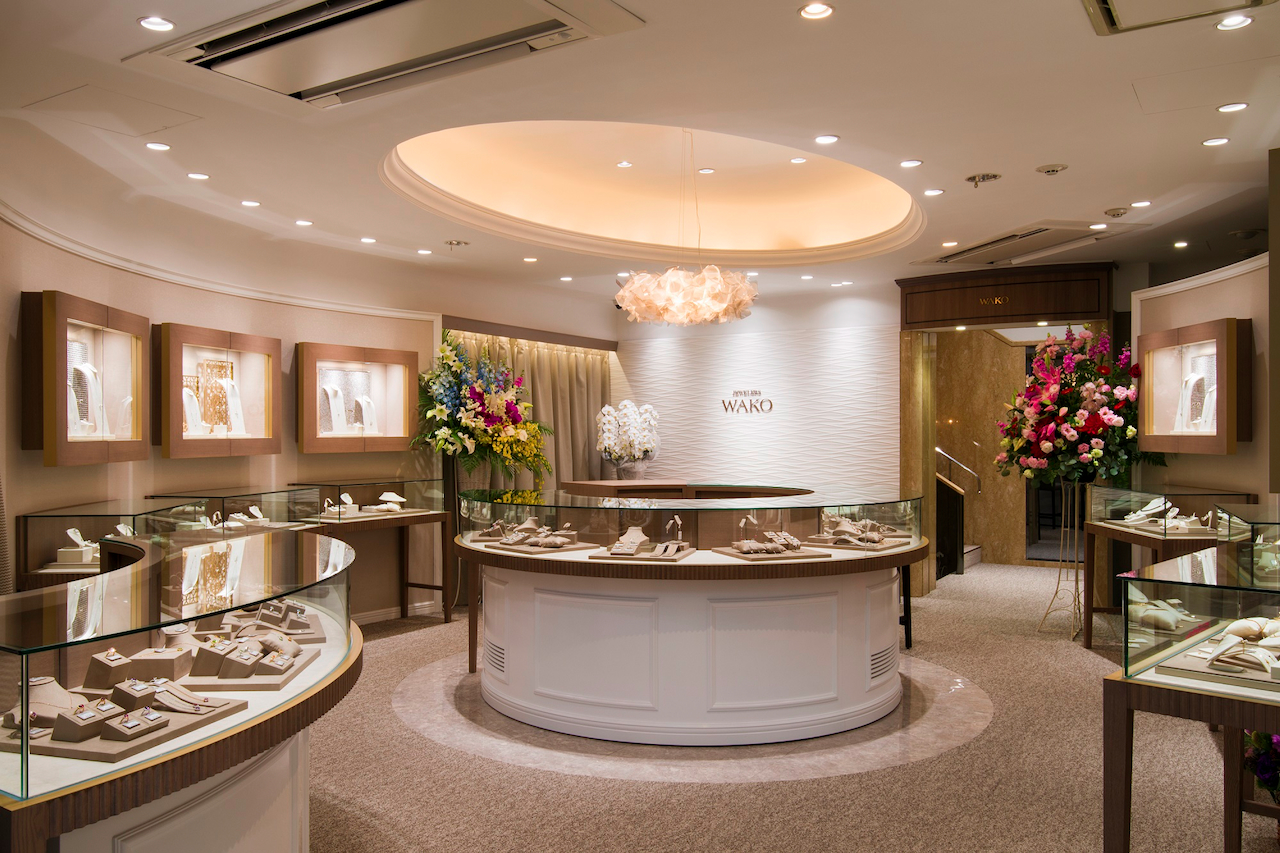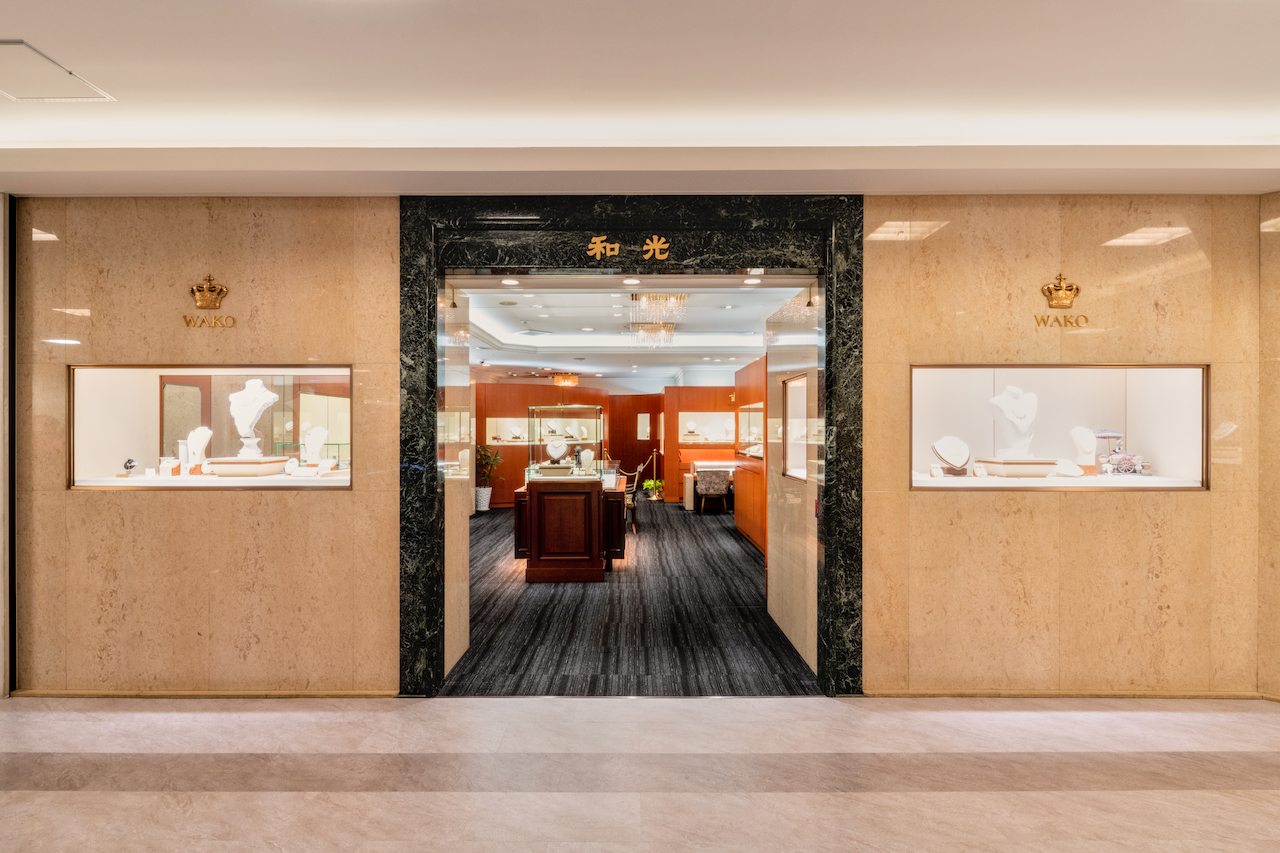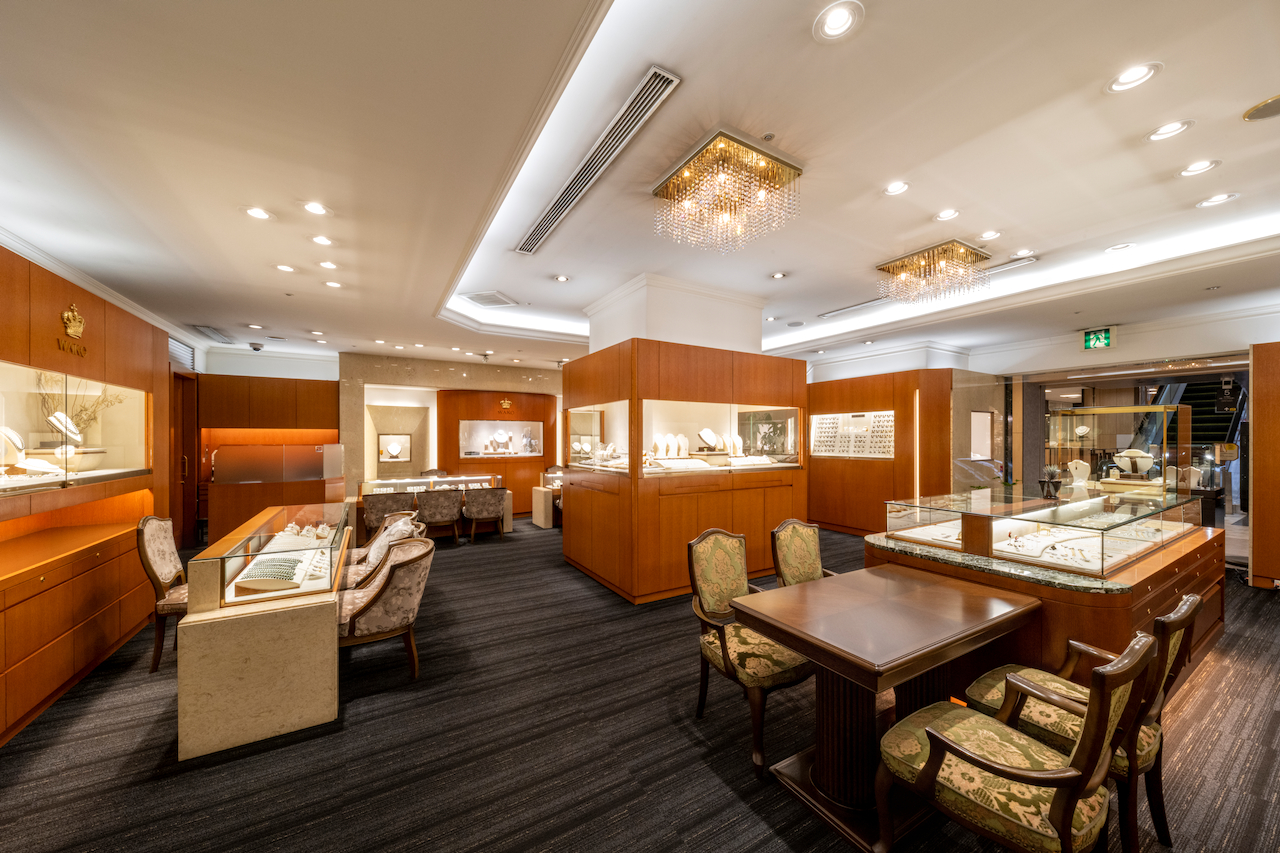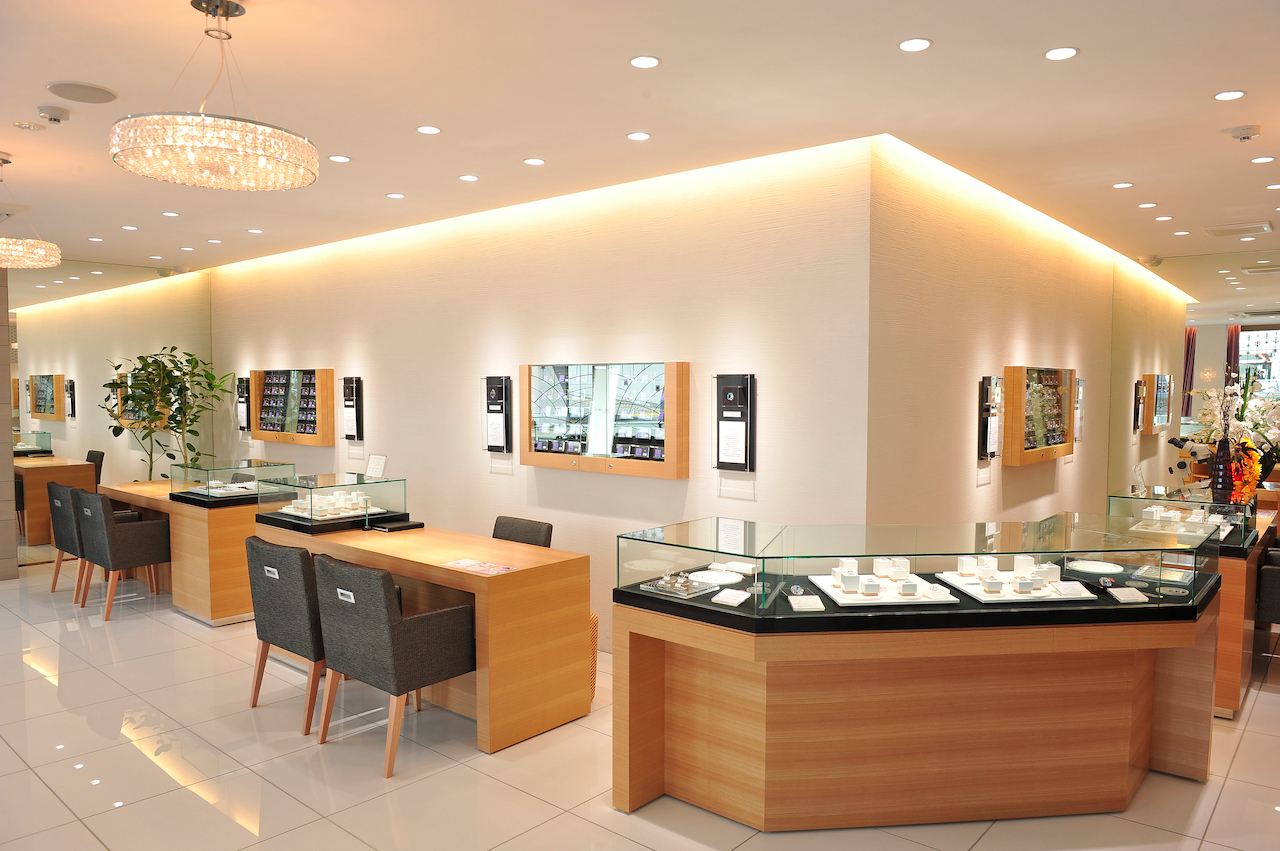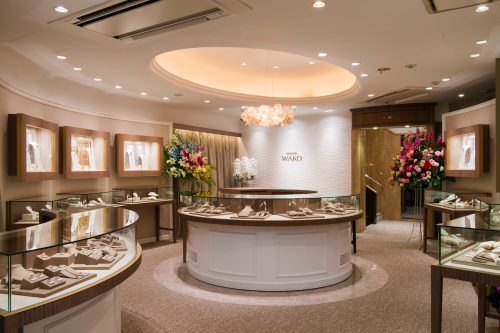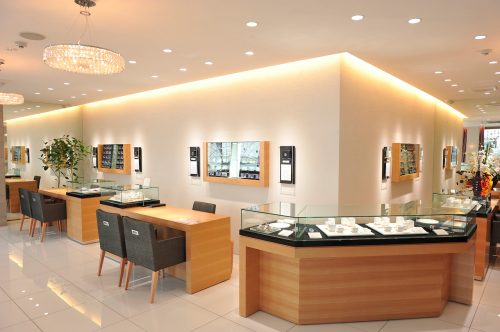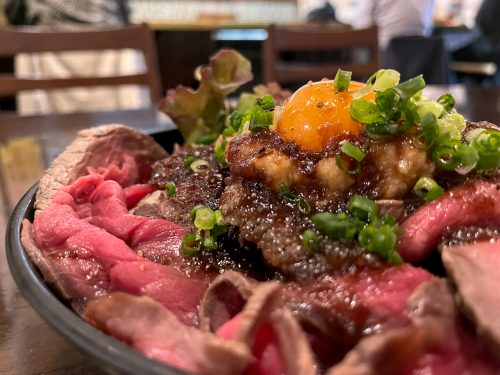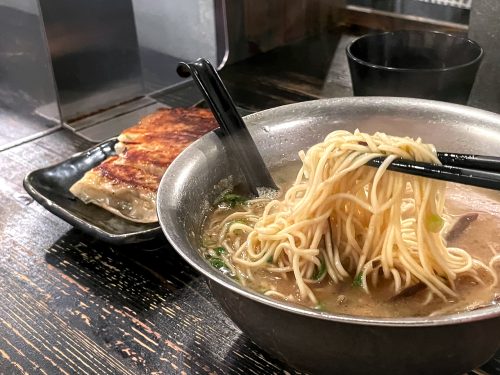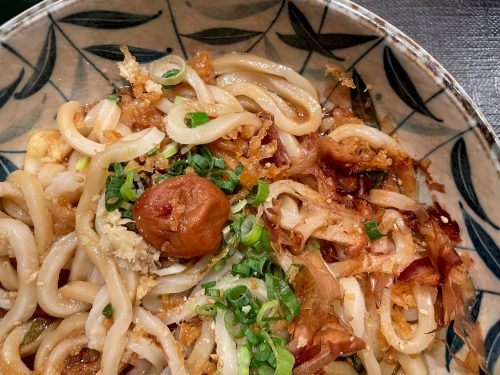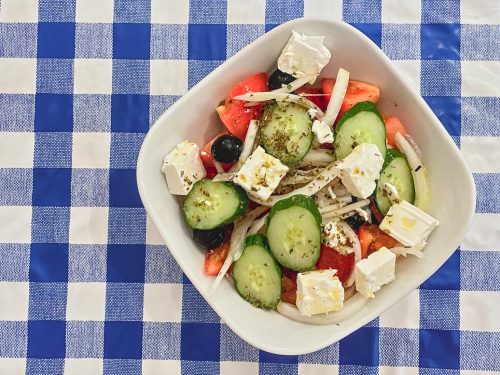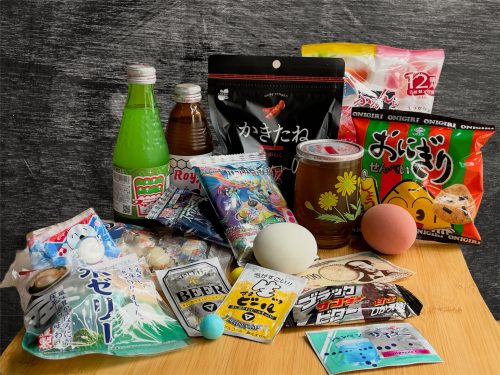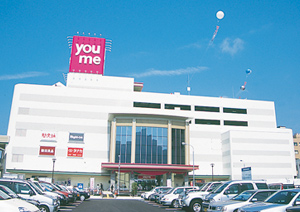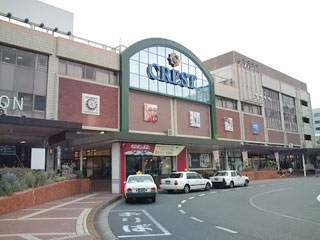Buy
JEWELERS WAKO – Heritage Jewelers in Hiroshima
There are many jewelry shops in Hiroshima, but Jeweler’s Wako is unique in being a stone in the city’s recovery from the atomic bomb.
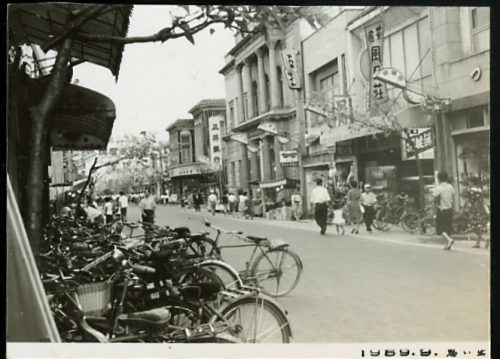
This is the view from Wako’s storefront in 1959. In the background you can see the columns of the building that would become Anderson Bakery in 1967, another Hiroshima staple. (Joy Photo / Wako Archive)
It’s the early 1950s and Inagi Tanaka lives in reconstruction Hiroshima. Several years have passed since “Little Boy” exploded above the city, instantly reducing centuries of Hiroshima love, history, culture, and prosperity to ash. Despite the enactment of The Hiroshima Peace Memorial City Construction Law in 1949, parts of the city still resemble a shantytown due to a lack of resources. Nationally, inflation has just been brought under control, though many sectors of the economy are still recovering. By 1952, food rationing largely ended though some remember trading their clothes for food not so many years ago. In Hiroshima, to fill the gap, black markets thrived, especially around Hiroshima Station. In this environment, while hopeful, the simple beauty and joy of a well-made watch, let alone a pearl necklace, was still a dream for many.
It was during this time that Tanaka connected luxury and convenience with peace and prosperity. Determined to help, he set out to build a company to make this apparent extravagance available to the ordinary people of Hiroshima by cutting his profit margins as much as possible.

This is Wako’s storefront in 1959. Wako’s main shop continues to operate out of this location today. (Joy Photo / Wako Archive)
“Inagi Tanaka, from his own wartime experiences, established Wako out of a desire to shine a light of peace upon Hiroshima,” wrote his grandson, Nobuhisa Tanaka, CEO of Wako.
And so in1953, Wako (pronounced “Wa-ko”), was born in a corner shop on what is now called Hondori Shopping Street. The “wa” in the name means “harmony” but it is also the same character in the word “hei-wa,” which means “peace.” The “ko” in the name means “light.” Thus, the name means “harmony of light” for a peaceful Hiroshima.
Initially, they sold home appliances and Seiko watches in addition to jewelry. However, local competition pushed them out of the appliance market and over time they developed into Wako Jewelers. Today, at the same shop Inagi Tanaka founded over 70 years ago, customers can find a variety of original and handmade jewelry for any occasion. Three floors showcase a variety of jewelry—including rings, pendants, necklaces, earrings and brooches—made with GIA-certified gems, diamonds up to a carat, hand-selected Akoya pearls, 18 karat gold, plus 85% and 95% pure platinum.
Nestled between the first and third floors, as if between oyster shells, is a whole floor dedicated to pearls. Set in an atmosphere of stately luxury, pearl necklaces, earrings, rings and pendants from Australia, Tahiti and Indonesia gleam from velvet trays and display busts.
Most of the pearls at Wako are Japanese Akoya pearls. Japan was the first nation to learn how to culture pearls when Kokichi Mikimoto discovered the technique in 1893. Today Akoya pearls, being highly lustrous, round, and consistent in size and color, are considered the benchmark for fine cultured pearls worldwide. Wako, being well respected and situated close to the Akoya growers in Ehime, Mie and Nagasaki Prefectures, is able to cherry pick the very best.
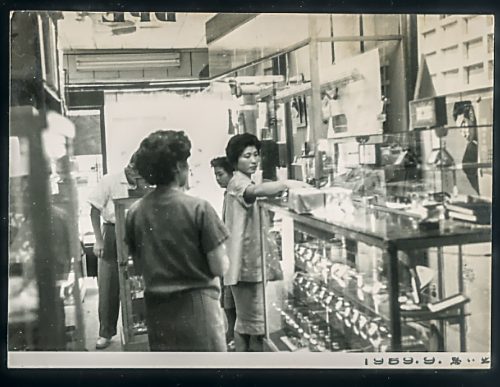
A view inside Wako in 1959. You can see the watch case to the right. (Joy Photo / Wako Archive)
Wako also operates a jewelry workshop through which they offer a range of services that include repairs, remodeling, and commissions for original work. Their workshop is staffed by an elite crew of multidisciplinary jewelers offering top-tier jewelry design, craftsmanship, and appraisal. It boasts artisans like Yasuhiro Maruyama, a Japan Jewelry Association Jewelry Award winner, and Harada Yoshitaka, the former Chief Examiner in the Precious Metal Jewelry category of the National Skills Examination. He oversaw the test that set the bar for the Japanese government’s formal approval and ranking of Japanese jewelers.
It is this workshop that is responsible for exquisite work such as the rings in Wako’s “Brilliance of Peace” collection. 95% pure platinum is woven into finely detailed organic patterns like ginko leaves and hearts that are pavé-set with dozens of .68 to .76 carat diamonds. The heart ring, with 34 diamonds and 25.84 total carats, exemplifies the “Brilliance of Peace” that the collection illustrates.
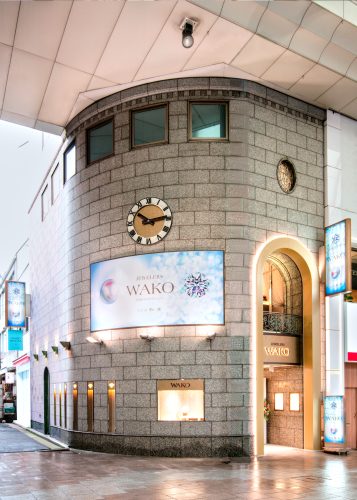
Wako’s original building was renovated in 1992 and again in 2008. This is how it looks today. (Joy Photo / Wako Archive)
This collection represents a fusion of WAKO’s understanding of jewels with the spirit of Hiroshima, the city of peace.
“We believe that peace can be cultivated just like polishing a jewel … From Hiroshima, the City of Peace, we hope to polish the jewel of peace … and shed light on it, making the world a brighter place,” said their website.
Wako, moreover, is the owner of two publications: Wedding Door, an online magazine about weddings and hunting for that special ring; and Joy in Hiroshima, a digital magazine dedicated to the best off the beaten track places to eat, shop and experience Hiroshima.
.
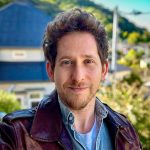
- Open
- 10:30 to 19:30
- Closed
- Wednesday
- Payment
- Available for purchase in Japan only (no international shipping).
Moment of Joy
Wako takes good care of their customers. Every staff member is required to pass the Japanese Jewelry Coordinator Examination, so they not only have a comprehensive understanding of their products, they know how to help customers find exactly what they want.


